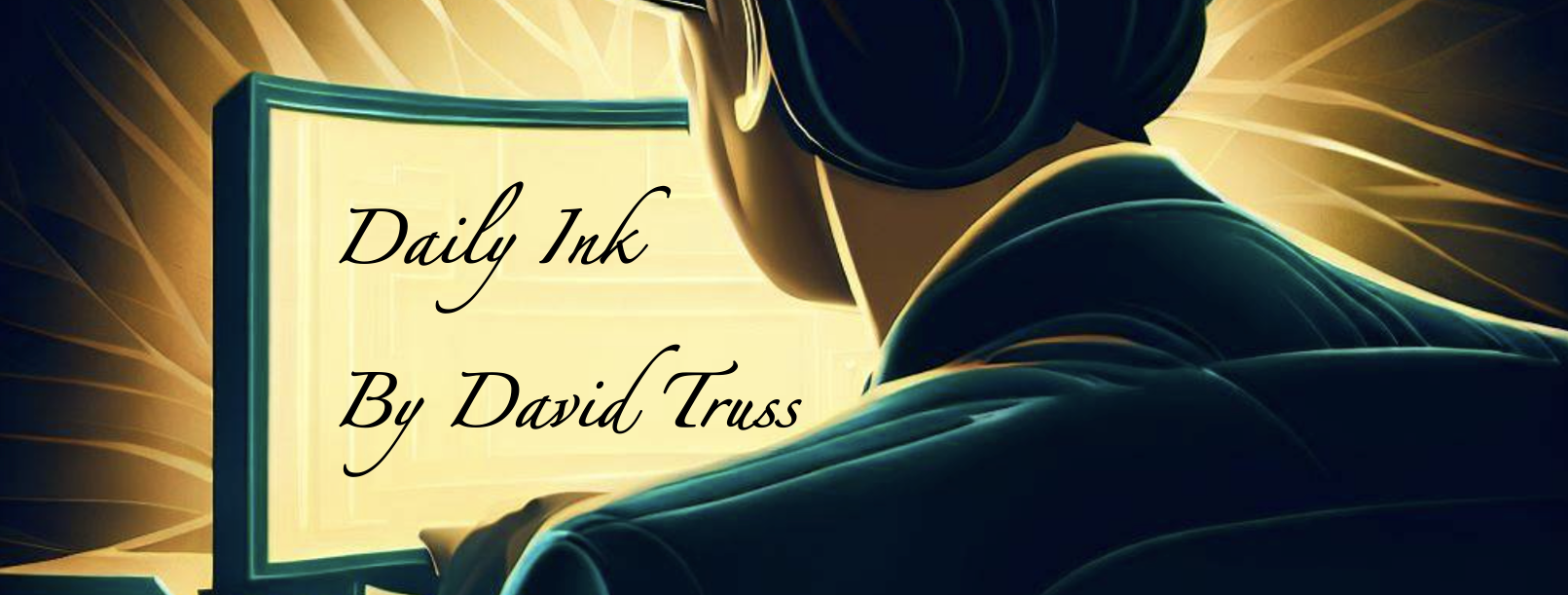I remember driving through Indiana and meeting a couple older teenagers at a motel pool where we stopped for the night. It was the early ’90’s and these kids knew very little about Canada. They asked if I knew of Larry Bird and the NBA? They asked if we used the same currency? And they asked what the big mall was like? After a couple questions, I realized they meant West Edmonton Mall, and living in Toronto at the time I said, “You tell me, you live closer to it.”
That wasn’t a fair response, but I was growing weary of questions like this. As a Canadian on my travels through the States, I’ve been asked about hunting moose, dog sleds, igloos, and one of my favourites, if Canada was an American State?
I don’t pretend to know a lot about America, especially their history, but Canadians have an unfair advantage over Americans when it comes to knowing about each other’s countries. We see their news, they don’t see ours. We watch their television and movies. We follow their social media and business icons. We eat a lot of food produced in the US, and eat at restaurant chains that are American owned.
Canadians know we are significantly different than Americans. I’m not sure (beyond cliches) that the same can be said in reverse. It matters more to us when we rely so much on the US. And, if you look at a population map, the vast majority of Canadians live relatively close to our border, and that is not true for Americans.
Americans can live their lives not knowing anything about Canada. We don’t have the reverse option. Our election will be a ‘blip’ of news ‘down south’, theirs have and will continue to flood our media sources. Tariffs disputes affect individual companies in the US while they affect entire communities and Provinces in Canada. We will watch their blockbuster movies, and while some of them are filmed in Canada, they will be American films that Canadians might know were filmed here, but most Americans won’t.
We have a very large and powerful neighbour to our south, and we can’t ignore the influence they have on us. It will be interesting to see how this plays out in the next 5-10 years. The closed border, the discrepancy between our two countries in Covid-19 cases, their leadership, and the impression the US has on the world stage, has all changed the way the US is viewed in Canada.
The little brother or sister eventually stops looking at his bigger brother or sister with admiration and awe. I think we are seeing a similar relationship transition between Canada and the US. I just hope these two siblings remember that we are all part of a North American family and keep trying to play nicely together.
Like this:
Like Loading...











